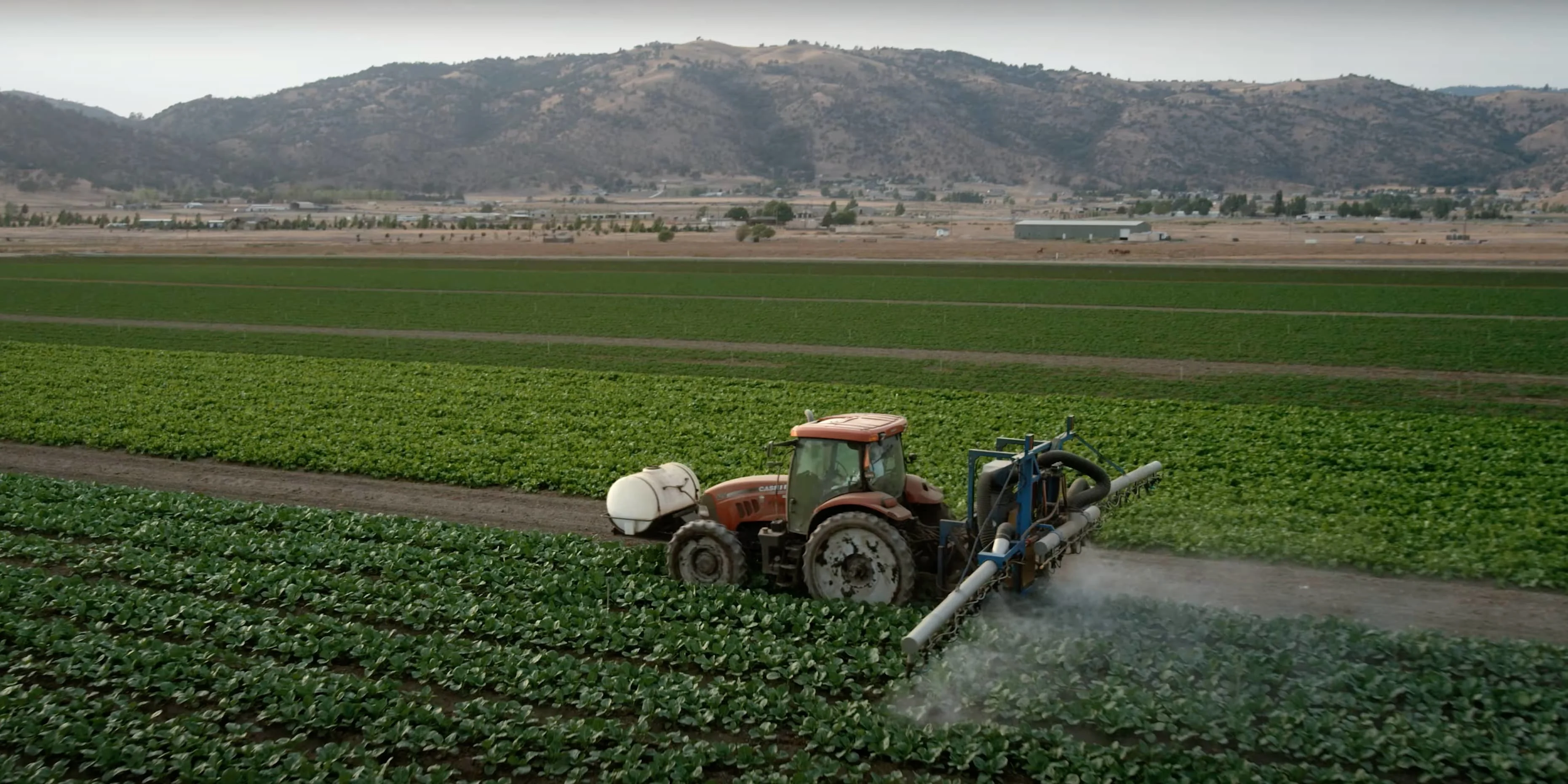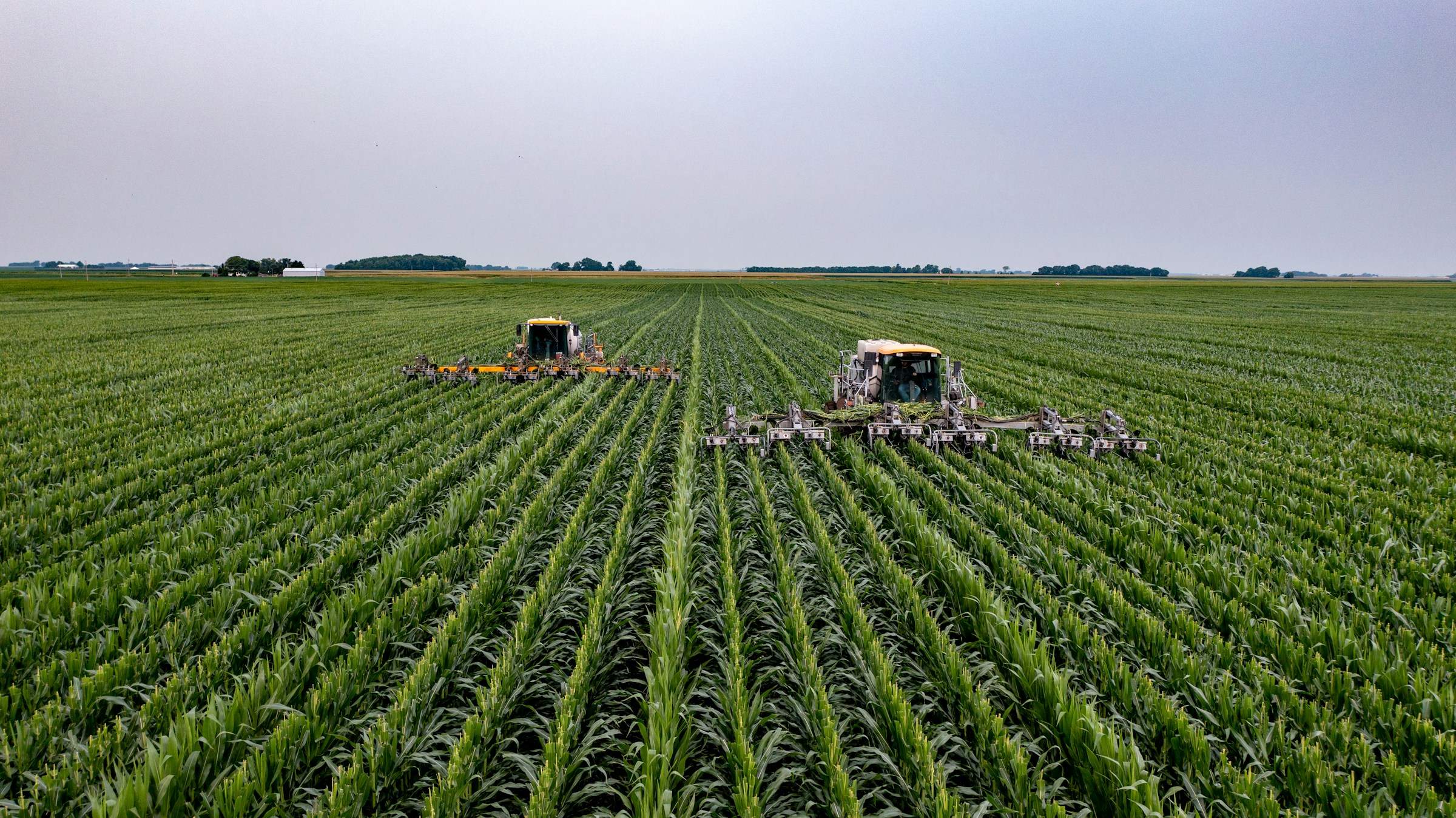Enhance Agricultural Productivity With High-Quality Water Soluble Polymers
These polymers use a range of benefits that can transform typical farming approaches, from improving water retention and performance to enhancing soil framework and nutrient delivery systems. By using the power of innovative polymer remedies, farmers can potentially open new pathways towards achieving higher crop yields while reducing ecological effects.

Advantages of Water-Soluble Polymers
Water-soluble polymers offer a plethora of benefits in farming applications due to their enhanced water retention buildings and capacity to improve soil structure. Agriculture. These polymers, when added to the soil, can substantially raise water holding capability, decreasing the frequency of irrigation required by plants. By forming a gel-like material when combined with water, water-soluble polymers develop a storage tank that slowly launches moisture to plant origins, making sure a more constant water supply during completely dry spells
Furthermore, these polymers assist in preventing soil erosion by binding dirt fragments together, thus improving dirt framework and security. Boosted soil structure permits better root infiltration and oygenation, advertising healthier plant development and greater crop yields. Water-soluble polymers likewise help in nutrient retention by lowering leaching, ensuring that vital nutrients continue to be offered to plants for a longer period.
Improved Water Retention and Effectiveness
Enhancing agricultural water retention and effectiveness with the incorporation of sophisticated polymer modern technologies has come to be a critical focus in modern farming techniques. Water-soluble polymers play a crucial function in improving dirt framework, boosting water seepage, and lowering water evaporation prices. By forming a slim film on the dirt surface area, these polymers help to avoid water overflow and enhance the dirt's water-holding ability, ensuring that plants have access to an ample water.
Moreover, making use of premium water-soluble polymers can significantly minimize the regularity of irrigation, as they improve the dirt's ability to retain moisture for longer durations. This not just saves water but also decreases the power and labor prices linked with watering methods. Furthermore, enhanced water retention and efficiency lead to better nutrient uptake by plants, resulting in improved plant yields and general agricultural productivity.
Enhanced Nutrient Delivery Equipment
Given the significant impact of premium water-soluble polymers on boosting water retention and effectiveness in agriculture, the focus now moves in the direction of enhancing nutrient distribution systems to further boost plant development and yield. Boosted nutrient shipment systems play an essential duty in ensuring that plants receive the needed nutrients in a kind that is readily available for uptake, promoting their general wellness and efficiency. By including water-soluble polymers into nutrient shipment systems, the performance of nutrient uptake by plants can be significantly improved.
One key advantage of utilizing top quality water-soluble polymers in nutrient shipment systems is their capability to control the launch of nutrients, ensuring a consistent and regulated supply to plants over an extensive duration (Agriculture). This controlled release mechanism aids prevent nutrient leaching and drainage, consequently taking full advantage of nutrient application by plants and lowering ecological impact

Dirt Structure Optimization Methods
Enhancing dirt framework is critical in modern-day agriculture for optimizing plant returns and promoting sustainable land administration techniques. Soil structure optimization techniques play a vital function in ensuring that soil supplies a suitable setting for plant development. One key technique is the addition of natural matter, such as compost or manure, which aids enhance dirt framework by improving its water-holding capacity and nutrient retention.
Additionally, practicing minimal husbandry or no-till farming can stop dirt compaction and advertise the development of a healthy and balanced soil framework. Cover cropping is an additional reliable technique that entails planting crops especially to shield and boost the dirt, avoiding disintegration and enhancing dirt framework.
Moreover, applying crop rotation approaches can aid break pest and condition cycles, while also improving dirt framework through the varying root structures of various crops. Generally, employing these linked here dirt structure optimization techniques can cause boosted agricultural productivity, decreased ecological effect, and long-term sustainability in farming methods.
Sustainable Solutions for Plant Returns

To address the obstacles of optimizing plant returns while advertising sustainable land management methods, checking out lasting remedies ends up being crucial in modern agriculture. Executing sustainable agricultural techniques is essential for making sure lasting food safety and environmental conservation. One sustainable solution for improving crop yields is making use of precision farming methods. By leveraging innovation such as GPS, sensors, and data analytics, farmers can enhance making use of sources like water, plant foods, and chemicals, bring about enhanced effectiveness and productivity.
Additionally, advertising plant read what he said rotation and cover cropping can assist preserve soil health, minimize disintegration, and boost vitamins and mineral cycling, ultimately adding to higher yields over time. Integrated insect administration approaches also play a key role in lasting crop manufacturing by lessening the reliance on chemical pesticides and advertising all-natural bug control approaches.
Furthermore, investing in research and advancement for creating drought-resistant crop varieties and climate-resilient farming methods can help reduce the influence of climate modification on agriculture while making sure consistent returns when faced with environmental obstacles. By embracing these lasting services, farmers can achieve greater plant yields while guarding the health of the land for future generations.
Final Thought
Finally, making use of top quality water-soluble polymers in farming offers various advantages such as enhanced water retention, boosted nutrient distribution systems, and optimized dirt framework. By executing sustainable options for plant returns, farmers can considerably boost agricultural performance and performance. Agriculture. Water-soluble polymers supply a cost-efficient and eco-friendly technique to boost the general efficiency of farming techniques, bring about much better outcomes for both farmers and the environment
These polymers provide a variety of advantages that can revolutionize typical farming approaches, from boosting water retention and efficiency to optimizing dirt framework and nutrient delivery systems.In addition, these polymers help in preventing dirt disintegration by binding soil particles with each other, therefore boosting dirt framework and security. By developing a thin movie on the dirt surface area, these polymers aid to protect against water overflow and raise the soil's water-holding ability, guaranteeing that plants have accessibility to a sufficient water supply.
Soil framework optimization techniques play a critical role in guaranteeing that soil provides a suitable environment for plant development.In conclusion, the usage of high-quality water-soluble polymers in agriculture provides various benefits such as enhanced water retention, boosted nutrient delivery systems, and enhanced dirt structure.